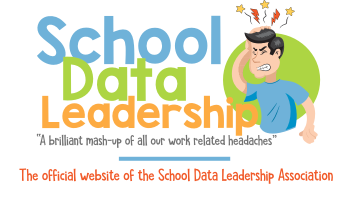Use evidence (including, but not limited to student achievement, attendance, behavior and school climate data, research, and best practices) to shape and revise plans, programs, and activities that advance the vision.
This standard emphasizes the importance of using a wide range of evidence to inform decision-making and drive continuous improvement efforts that align with the school's vision. Here's an expansion on how evidence can be utilized to shape and revise plans, programs, and activities:
-
Student Achievement Data: Analyze student achievement data to identify areas of strength and improvement.
-
Attendance Data: Examine attendance data to understand patterns of student attendance and develop strategies to improve attendance rates.
- Resource: Attendance Works - Tools and Resources
- Resource: Attendance Works - Tools and Resources
-
Behavior Data: Review behavior data to assess school climate and implement proactive measures for promoting positive behavior.
- Resource: PBIS.org - Data Analysis Tools
- Resource: PBIS.org - Data Analysis Tools
-
School Climate Data: Measure school climate through surveys and assessment tools to identify areas for improvement.
-
Research and Best Practices: Stay informed about current research and best practices in education.
-
Data-Informed Decision Making: Base decisions on evidence and data to prioritize initiatives and allocate resources effectively.
-
Continuous Monitoring and Evaluation: Establish systems for continuously monitoring and evaluating the impact of plans and programs.
-
Actionable Insights: Translate data and research findings into actionable insights for strategic planning.
-
Collaborative Analysis: Foster collaboration among stakeholders in analyzing and interpreting evidence.
-
Feedback Loop: Establish a feedback loop for ongoing communication and learning from evidence and outcomes.
By using evidence, including student achievement, attendance, behavior and school climate data, research, and best practices, to shape and revise plans, programs, and activities, educational leaders can make informed decisions that drive meaningful and sustainable improvement towards achieving the school's vision and goals.
